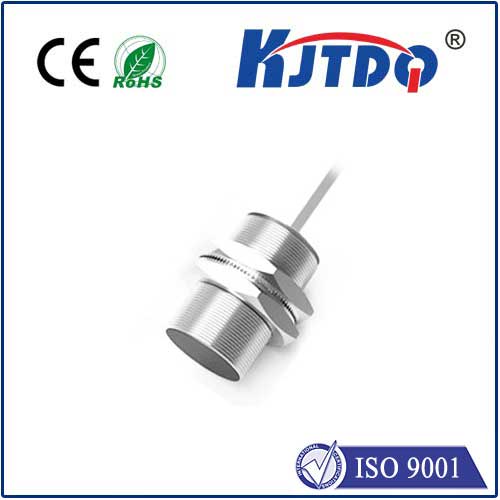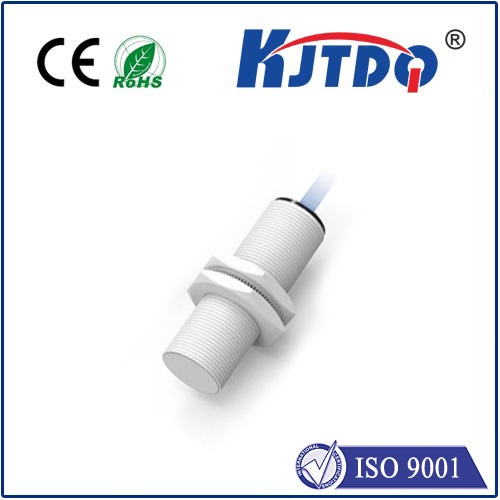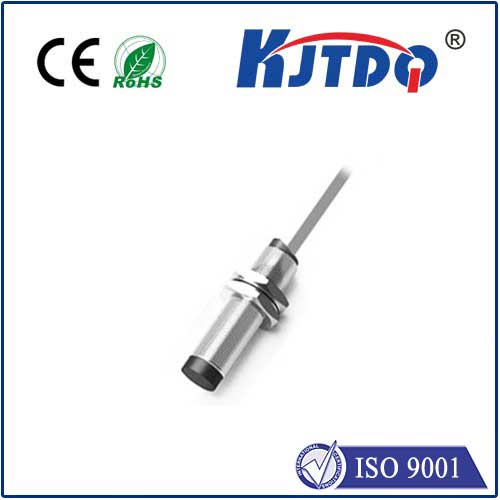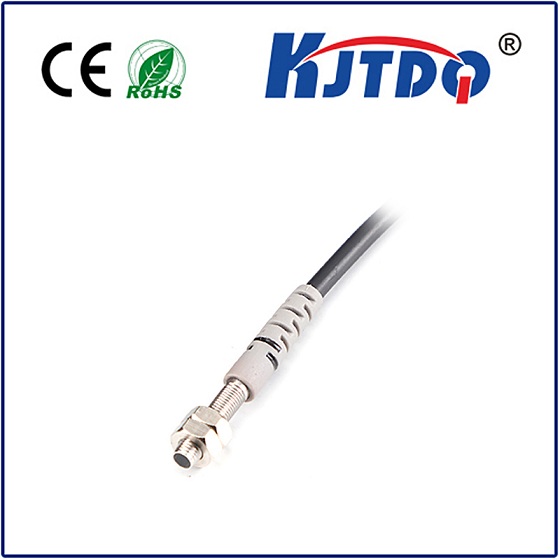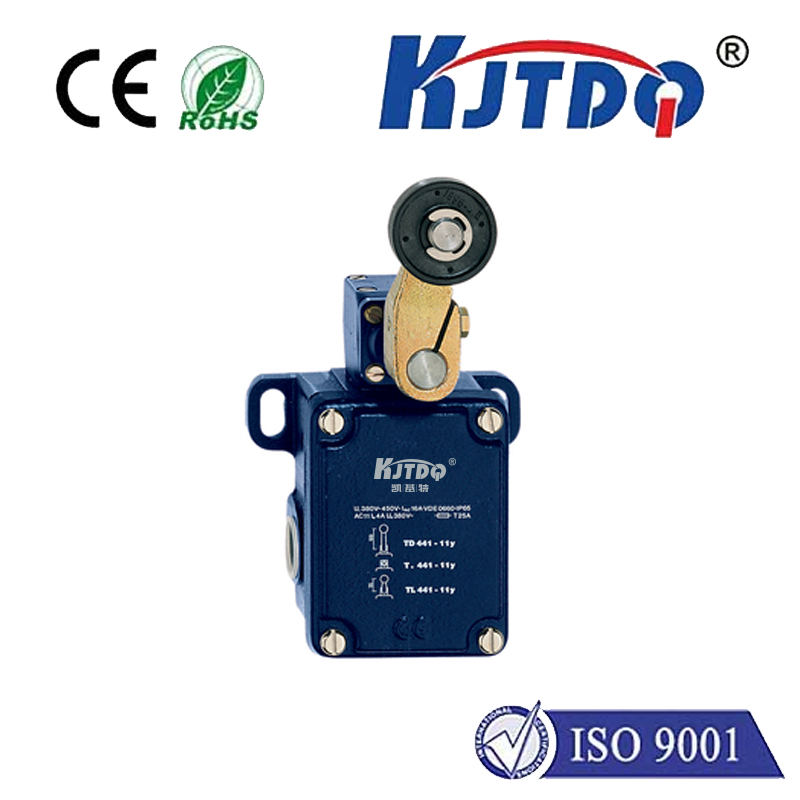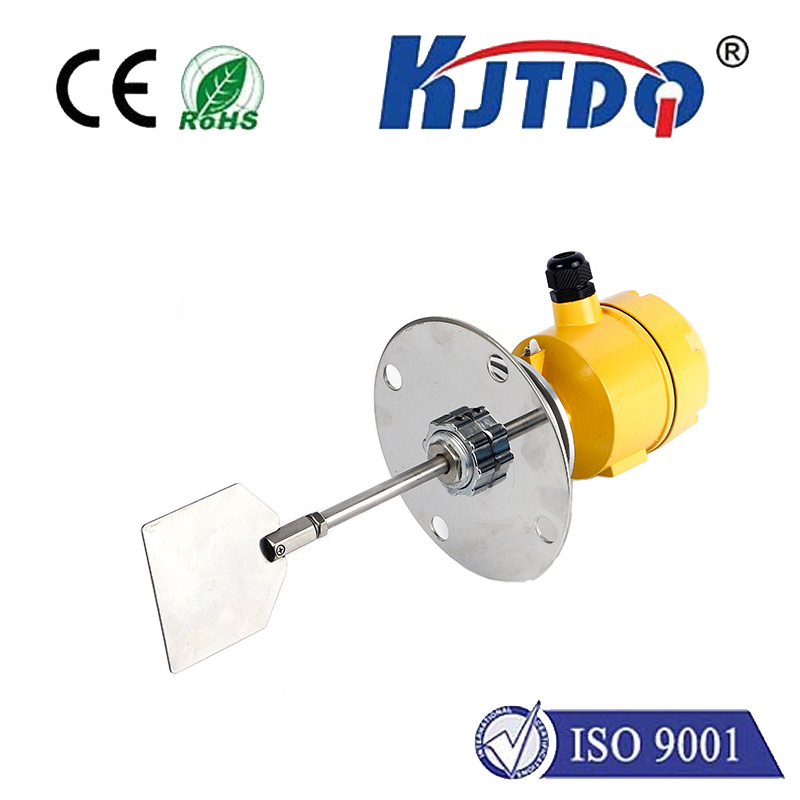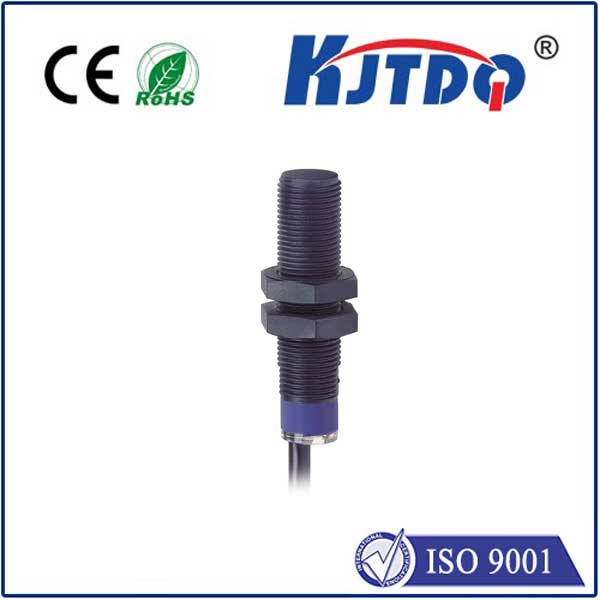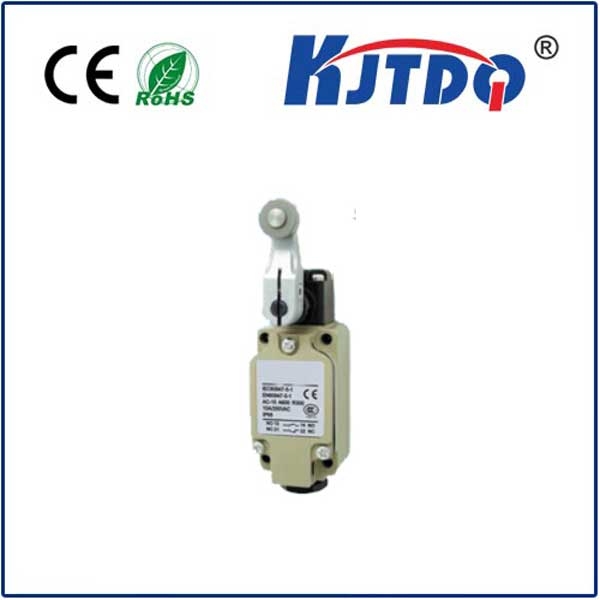
check

check

check

check
The emergence of gate proximity sensors has transformed the security and automation industry, offering unparalleled convenience and safety. These innovative devices use advanced technologies to detect the presence or absence of objects, people, or vehicles near a predefined boundary or entrance. In this article, we will explore the significance and diverse applications of gate proximity sensors in various sectors.
Firstly, let us delve into the basics of gate proximity sensors and their functioning. These electronic devices work on the principle of electromagnetic fields, emitting a signal that is reflected back when an object comes within its range. The sensor then analyzes the signal strength and determines whether there is a presence or not. This information can be used to trigger actions such as opening or closing gates, triggering alarms or alerts, or even controlling traffic flow through automated systems.
One of the primary benefits of using gate proximity sensors is their ability to enhance security measures. They provide reliable detection of intruders, unauthorized individuals, or suspicious activities, enabling prompt response from security personnel. Additionally, these sensors can be integrated with other security systems such as cameras, motion detectors, and infrared thermometers, providing a comprehensive surveillance solution.
Apart from security purposes, gate proximity sensors have found widespread applications in various industries. In the transportation sector, they are commonly used to regulate traffic flow and ensure safety on highways and airports. In retail settings, they help manage entrances and exits, optimize store layouts, and improve customer experience. Similarly, in industrial facilities and construction sites, gate proximity sensors are utilized for access control, monitoring worker activity, and preventing accidents.
Furthermore, gate proximity sensors are increasingly being adopted in the smart home and building automation arenas. They enable homeowners to remotely monitor and control access to their properties, receive real-time alerts about unusual activity, and even integrate with other smart devices for enhanced functionality. In addition, they offer energy efficiency by optimizing heating, ventilation, and air conditioning systems based on occupancy patterns.
In conclusion, gate proximity sensors represent a significant advancement in technology that has revolutionized the way we secure our premises and automate various processes. Their versatility and adaptability make them suitable for a wide range of applications across different industries. As the demand for improved security measures continues to rise worldwide, it is safe to predict that gate proximity sensors will remain at the forefront of innovation in this field.
